Climate and Ag in the news
-
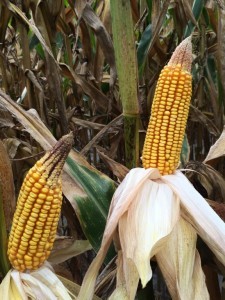
The Indiana PrairieFarmer posted an interesting slideshow this week describing the different ways that ears of corn can become deformed. Of the thirteen ways listed, most of them are related at least in part to unusual temperature or drought stresses that occurred at specific points in the development of the ear. You can view the…
-
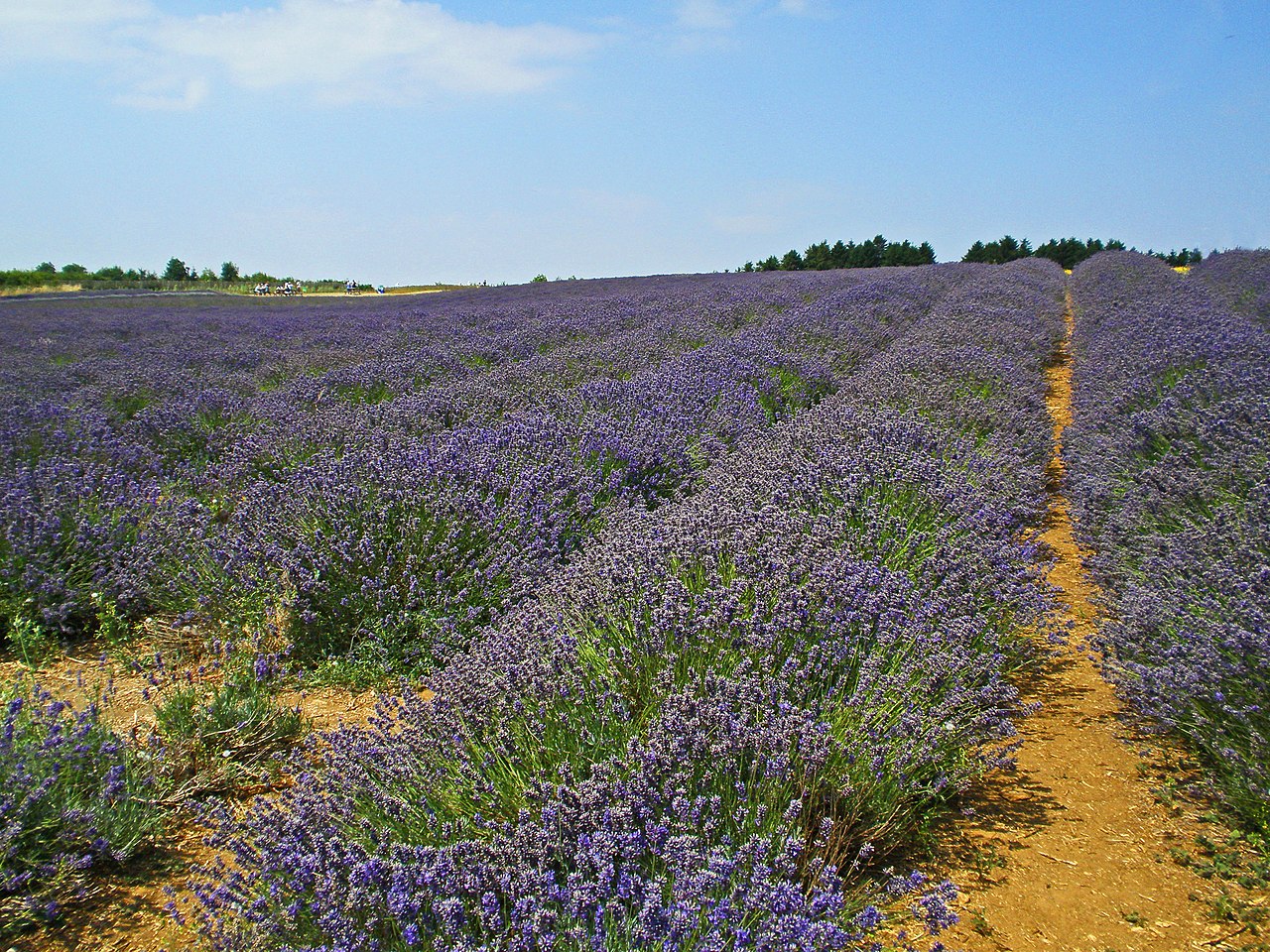
In the past we have talked about alternative crops for the Southeast as a way of diversifying, taking advantage of new markets, and adapting to changes in climate over time. I was interested to read an article in (NACAA) at file.ashx (nacaa.com) discussing the cultivation of lavender as a commercial crop that has potential for…
Posted in: Climate and Ag in the news -
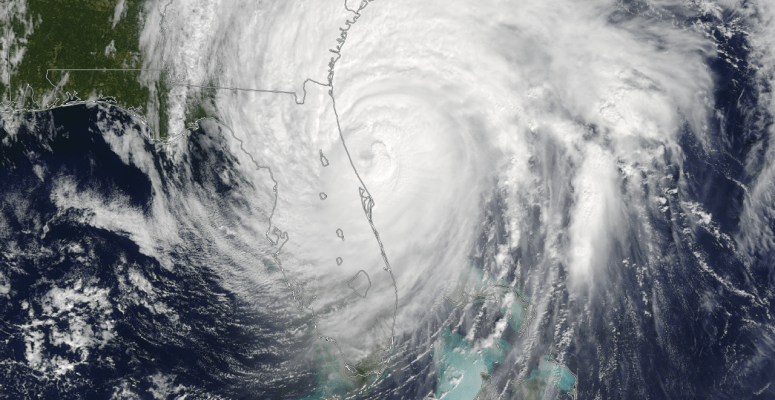
What do you do to prepare for hurricane season? Do you take an inventory of your belongings? Purchase flood insurance? Plan where to evacuate in case the storm comes right over your location? If you are like many Floridians, according to a recent AAA poll, you do none of the above. In fact, you probably…
-
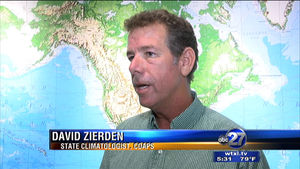
Here’s a webinar you will want to watch if you can. David Zierden, the Florida State Climatologist, is giving a webinar on weather and climate threats in the Southeast, especially as they apply to agriculture and climate variability. It will be on Zoom on Tuesday, June 6 at 11:00 AM. Description of webinar: Climate trends…
-
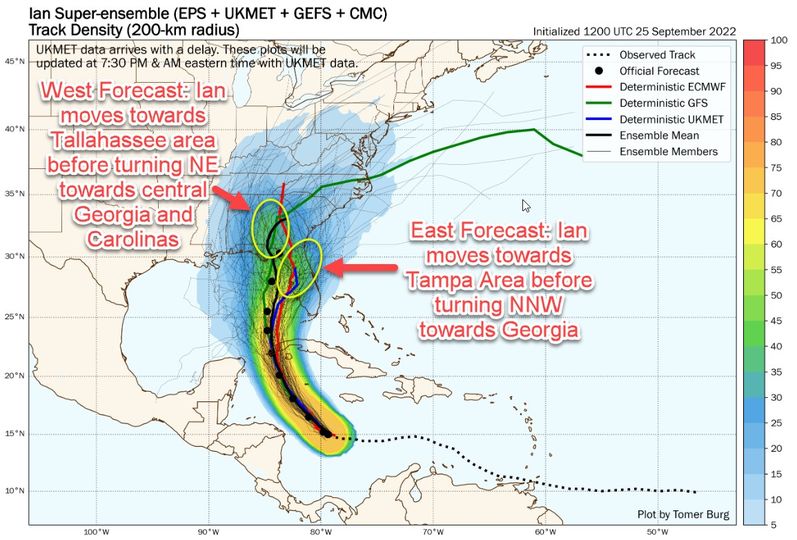
As we begin the 2023 Atlantic hurricane season, it’s worth looking back at past storms to see what lessons we can learn from the warnings that were given and how people responded (or didn’t respond) to the information provided by weather forecasters and emergency managers. Southeast Ag Net posted a helpful story this week describing…
-

A new research study shows that flash droughts are becoming more likely across the world, causing negative impacts on agriculture and food production everywhere. And it’s not just agriculture but energy production and water supplies that can also be at risk. Some methods like precision agriculture and improved temperature and precipitation forecasts can help farmers…
-
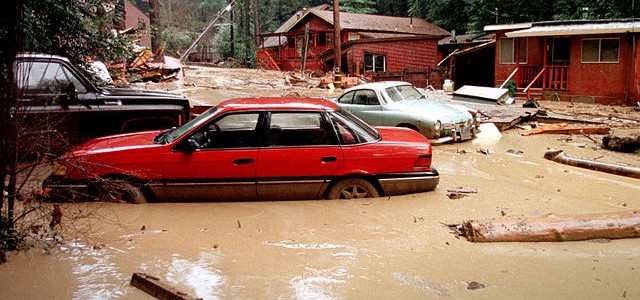
Earlier this month the Washington Post published an article describing the economic costs of El Nino based on research published in Science magazine. The research showed that the most recent strong El Ninos cost the global economy on the order of $4 trillion in losses to agriculture and other sectors of the economy. Since we…